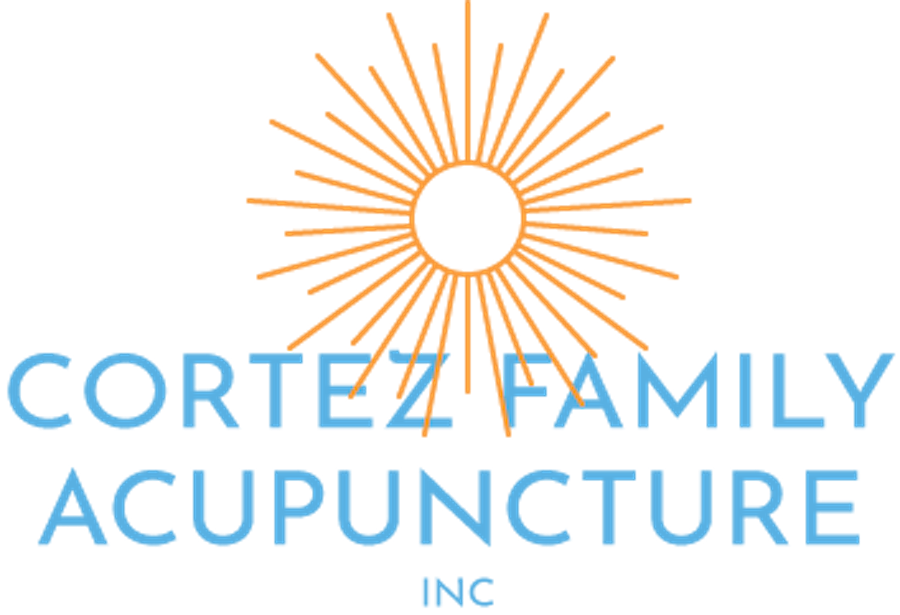Acupuncture
Acupuncture is a method for accessing the functional effects of the acupoint meridian network in the human body. Acupuncture was first developed in China, sometime before 2500 BCE, and is part of the same family of medicine as acupressure and Shiatsu massage. Acupuncture inputs new information into the body-mind system. Acupuncture can create incredibly specific changes to musculature, organs, and the brain. Acupuncture also stimulates relaxation pathways in the brain, and exerts powerful homeostatic effects on the endocrine (hormonal) and immune systems.
Acupuncture employs fine hairlike filaments to stimulate these points, creating minute impressions which continue to be activated long after each session. Acupuncture can also be used for direct muscle stimulation, including “trigger points” to eliminate pain and inflammation and reset muscle tone.
Licensed Acupuncturists (L.Ac.) in Colorado are required to have a Master's Degree or Doctorate in acupuncture and/or East Asian medicine consisting of a minimum of 2500 hours of post-graduate training. Additionally, acupuncturists are required to take continuing education courses to maintain their accreditation.
Chinese Herbs
The use of Chinese herbs goes hand in hand with acupuncture and is an essential part of East Asian Medicine. Chinese herbal formulas treat a wide variety of conditions by stimulating the body's natural healing processes, and they have shown excellent results in countless studies.
Unlike most single-ingredient herbal supplements recommended by Naturopathic Doctors or sold in health-food stores, Chinese herbs are taken in formulas which combine two to eighteen different herbs and/or medicinal substances (minerals and animal products). The herbs and medicinal substances in these formulas have been found to work synergistically, which increases the healing power of the whole while simultaneously eliminating any potential imbalance that might result from taking too much of any individual herb/substance.
The vast majority of herbal formulas used by Chinese Medicine practitioners have been in documented use for one to two thousand years. Chinese Medicine is the oldest continuously-practiced written medical tradition in the world, with a body of knowledge that has seen extensive documentation, refinement, and innovation. East Asian Medicine is also the subject of extensive modern research.
Cupping
Cupping is a treatment modality in which suction cups are applied to the skin, creating negative pressure. Cups may be made of many materials, may use fire to create a vacuum (in the case of traditional "fire" cups), or may use a suction device to mechanically remove enough air to create suction. Cups may be left in place or moved around the body. Typically, the suction causes the skin to turn temporarily darker in a painless "hickey," which indicates that blood has been pulled from deeper tissues to the area just below the skin. These suction marks may persist for several days to several weeks.
Cupping is an ancient practice used in many long-standing healing traditions around the world. Acupuncturists use cupping as an adjunctive therapy to "move stuck blood" (i.e. to promote circulation), to remove wastes from chronically tight muscles and joints, and to help force fresh nutrients into musculature and tissues. Cupping can assist in the resolution of long-term chronic injuries, relieve chronic and acute muscle aches, and speed the resolution of colds and flu. Preliminary research supports the use of cupping for its pain-relieving and immune-modulating effects.
Gua Sha
Gua sha is the therapeutic scraping of skin with a tool, usually ceramic, and lubricated with oil or water-based lotions. Acupuncturists use gua sha as an adjunctive therapy to help with chronic inflammation and pain, and/or to reduce fever. Gua sha leaves temporary dark marks on the skin, and is similar in sensation to frictioning techniques in massage therapy. Research has demonstrated a whole-body anti-inflammatory, anti-oxidative, and anti-allergic effect from gua sha.





